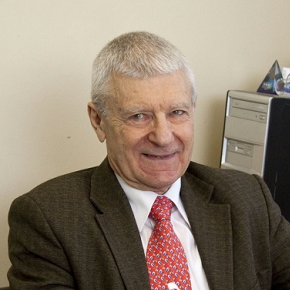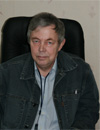 |
||
|
Faster than light particles found in nuclear research experiment RIA Novosti, PUBLISHED September 24, 2011 A startling experiment run by one of the world's foremost laboratories, appears to show that elusive, almost weightless subatomic particles called neutrinos travel faster than the light, previously thought to be impossible, the ScienceNOW portal said on Friday. Topics: Europe Other news: Siemens to withdraw entirely from nuclear industry The chapter for us is closed. Iran in talks with Russia over new nuclear sites We are in talks with Russia on construction of new nuclear power stations. Bushehr nuclear plant starts powering electrical grid The plant's unit was launched late on Saturday at a capacity of 65 MW, said Russia's Atomstroyexport company. |
Hero of the day 
Georgy Toshinsky: Booming as a Driving Force to Trade (Reactors?) Not quite so. The authors of the concept, which was difficult to be realized in practice, turned to a clearer concept of a standing wave reactor (TP-1) that in principle allows finding the solution to the tasks stated for TWRs. INTERVIEW
Alexander Chistozvonov OPINION
Dmitry Kosyrev |

